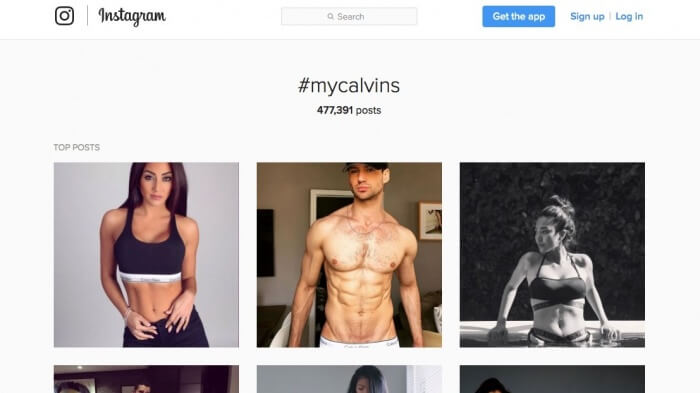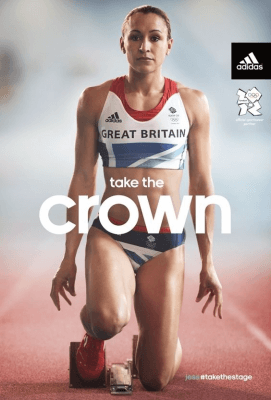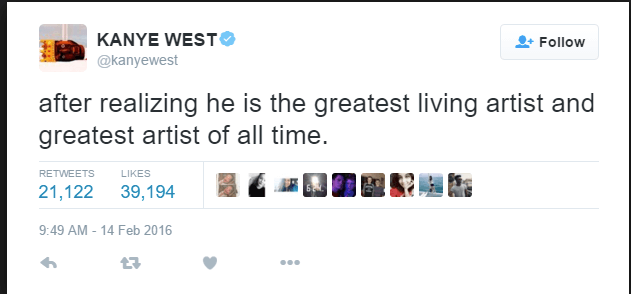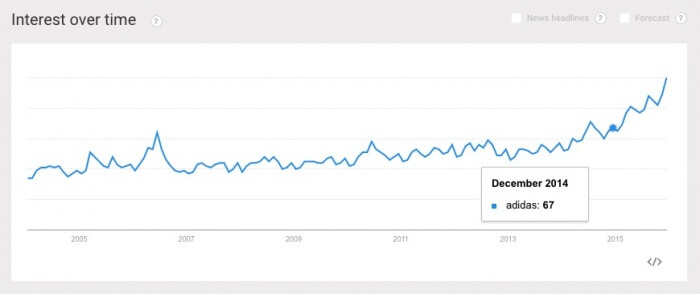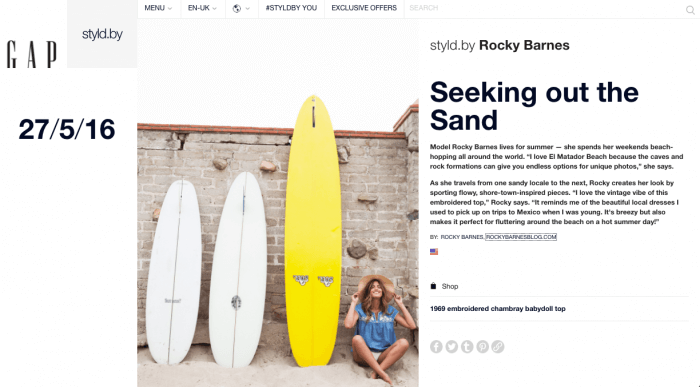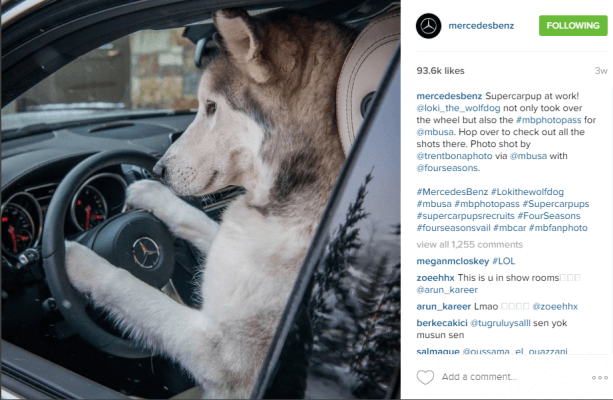Influencer marketing isn't just about bribing celebrities. It takes a serious amount of creativity and planning to get it right. Here's the good, bad and ugly.
The Art Of Influencer Marketing
Influencer marketing isn't just about bribing celebrities. It takes a serious amount of creativity and planning to get it right. Here's the good, bad and ugly.
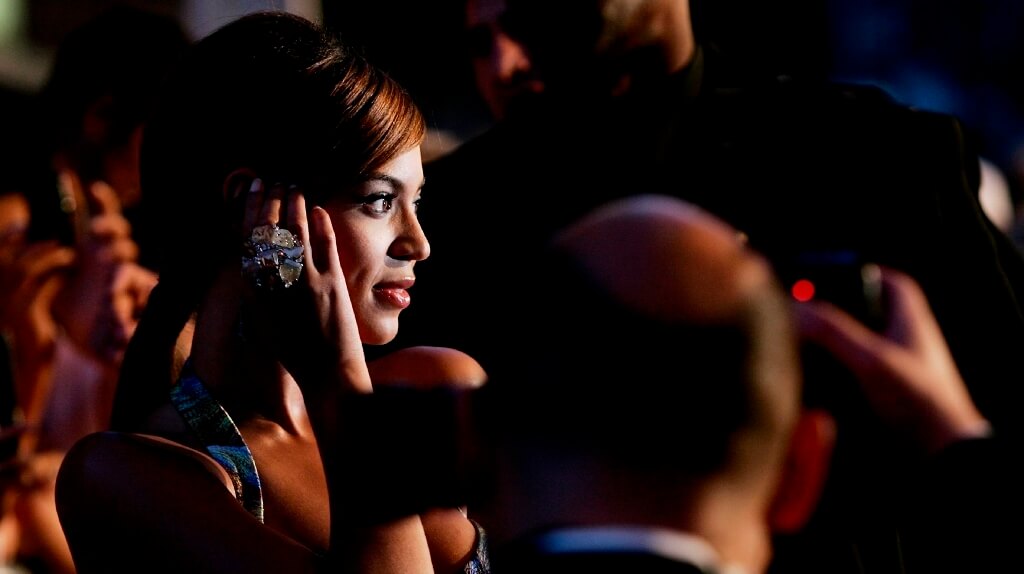
Relevance is the driver of commerce, and there is nothing more ‘on-trend’ in today’s age than the influencer marketing campaign. For years brands have used prominent celebrities or popular models to promote their brand (remember Twiggy), but this isn’t enough anymore.
It’s proved crucial and indeed successful for social media influencers to be kept on side, they represent the everyman and everywoman because they make their own kind of celebrity that is accessible and attainable to all - instead of just relying on the glitzy but distinctly distant world of the traditional, celebrity ad campaign.
However, branding and marketing can be precarious, going from fab to flop in the blink of an eye. Let’s take a look.
- I ___ in #mycalvins
The #mycalvins campaign is undeniably one of the most successful marketing operations ever run. Their success can be traced back to CK’s commitment to having a campaign with a branded hashtag and a user-led focus, where real people would became the face of the brand.
Influencers on Instagram and Tumblr started taking selfies in their gifted Calvin Klein sports bra’s and underwear (with hazy filters in tow) which felt like a positive and collective grassroots approach.
However, while this was taking off, the brand also decided to undertake a dual marketing strategy, amalgamating base-level, user focus with a high-end, celebrity editorial shoot. Bringing in teen-icon Justin Bieber and Dutch model Lara Stone, for a series of photographs, turned out to be a stroke of genius for the brand, as it sparked further social media buzz.
In the first 48 hours after the launch, the hashtag #mycalvins generated 1.6 million users and the campaign became the top Facebook trend — no small feat, considering the social network has 865 million active daily users
However, CK also turned out their ‘Erotica’ collection, a new batch of images for its spring campaign, an extension of the #mycalvins’’ advertising series. However, unlike previous successes, they received a huge backlash, where the images were called “disgusting” and “misogynistic,” by social media users, with many pointing to the fact that the photo of Kristin recalled exploitative pornagraphic upskirt photos that are taken without the permission of the subject.
While the campaign was said to have been aimed at empowering women by giving them control of their faces and bodies, as suggested by the use of personal pronoun ‘I in the hashtag and the concept of the user-generated selfie that drove the campaign. From the photo below which features model and celebrity personality Kylie Jenner, the fruit she is pictured gripping has been likened by many to female genitalia, which seems to be an overt focus throughout the whole ‘Erotica’ campaign.
However, the campaign backlash wasn’t just isolated to social media users, but rival lingerie company ThirdLove petitioned Calvin Klein to remove the billboard.
They argued that it portrayed "archaic and offensive gender stereotype that women are nothing more than sexual objects, while men are the breadwinners." The National Center on Sexual Exploitation also called for it to be ended and requested Calvin Klein to issue an apology to sexual abuse victims, as they believed that this is what the images promoted, even if done indirectly.
2) Nike: Do you Believe in More?
Nike have generated had some of the most iconic sports campaigns ever, most notably in the form of their ‘JustDoIt’ initiative. However, Nike have recently undertaken a new editorial direction, which adopts a similar call to action slogan, but looks to explores new, untrodden ground.
Firstly, they’ve selected a mid-level influencer, R&B singer/songwriter FKA Twigs as the creative director and star of the Nike Women’s spring campaign, along with 12 other hand-picked athletes. With this ad, they’ve captured the frequency misconceived medium of dance and showcased its distinctly athletic foundation.
With this campaign they’ve strayed from traditional ‘sporting’ endorsements, that would normally reference football or tennis for example. Instead this ad is delicate, hypnotic and dreamlike, capturing what Twigs calls more “modern movement’.
While Nike seem to be connecting and incorporating real people in their marketing strategy, by comparison, their competitor Adidas have failed to monopolise on significant influencer campaigns. They’ve collaborated with high profile sports athletes like Jessica Ennis during the London Olympics and birthed the 2015 Superstar campaign, which featured David Beckham, Pharrell and Rita Ora, yet, neither have been as successful as the Nike campaign strategy - but why haven’t they worked?
This is attributed to the sentiments contained within Nike branding, assets that are missing in the adidas branding. The new Nike advert stands out, for example, the way the campaign slogan ‘Do you Believe in More’? poses a challenge in an inspirational and energising way - but that is both simple yet attainable.
However, most ‘regular’ people struggle to relate to the high-profile sporting stars of the Adidas campaign, but can identify more closely with the 12 unknown athletes dancing alongside FKA Twigs - they represent the everyman and everywoman - that we all embody.
As well as this, another major influencer marketing strategy that Adidas' chose to partner on, was the 'Yeezy' collaboration with Kanye West.
However, when looking at the Adidas revenue figures, this doesn’t appear to have paid off either. They signed West in 2013, with the Yeezy line intended to boost sales in the US, where it has been steadily losing ground to Nike and newer rival Under Armour, however, the sales of the shoe have not yet offset that $10m expense that it cost to bring West on board.
West’s inability to bring an increase in Adidas revenue may also be linked to his frequent outbursts on social media, most notably Twitter. Many have viewed his behaviour as egotistical, arrogant but also unstable.
His cries of bankruptcy and poverty have also caused opinions of him to turn sour. Often dynamism and unpredictability are characteristics that brands looks to embody in order to keep them relevant, exciting and on the cutting-edge, but this doesn’t seem to have paid off in Kanye West’s case - sometimes not all publicity is good publicity!
However, with this in mind, it could be said that Adidas have begun to make moves towards more successful individual, influencer brand endorsements that focus on ‘real’ people represented by mid-level influencers, instead of high-profile celebrity-focused campaigns.
Adidas have endorsed upcoming grime artist and MOBO award winner Nadia Rose, who recently did a show at Adidas Rocks London at their Dystopian ‘Futurehouse’ venue. She can be seen in her music video ‘Skwod’ along with an all-female crew wearing full Adidas gear.
Staying on the grime wave, Adidas also had the foresight to see rising star Stormzy as a good influencer to have on their books. He’s positively and profoundly impacted their reputation as their brand trend has risen by 40% since this time last year. No coincidence the data correlates to Stormzy consistent release schedule.
3) Gap Styld.by
Gap’s ‘Styld.by’ is a marketing campaign that arguably extracts the maximum benefit from its collaborating social influencers by utilising their existing online popularity as a platform from which they can advertise products and promote their brand. Bloggers, bands members and models as well as general online trend setters feature in ‘stories’ on the Gap page, detailing why, where and how they wear their Gap gear.
This user-led campaign cultivates a relationship with real consumers, real people and gives tips on when and where and how to showcase Gap garments. They function as ‘mini’ campaigns and work to sell a different lifestyle each time.
Equally, many ‘looks’ can be attained with just one item of clothing and crucially make consumers feel that they could have the same experiences wearing the garments. Another ingenious feature of this ad is having the link beneath the article to the item the person is wearing so shoppers can quickly locate and check-out efficiently.
However, there are also distinct negatives to this kind of campaign as online retailer Abercrombie and Fitch realised. With influencers often being on board with a brand, in order to outreach to ordinary people who might feel excluded from certain retailers.
However, when creating an inclusiveness and openness sometimes unwanted associations and endorsements are generated, by people who don’t represent the culture of the brand. In 2011, A&F offered a ‘substantial’ cash sum to Mike Sorrentino, a cast member of reality show ‘Jersey Shore’ so that he would stop wearing their clothes as they believed it was generating a damaging and negative brand association.
This might also explain why in the summer of 2016 Abercrombie and Fitch underwent a complete rebrand, launching ‘The Blues’ campaign. Moving away from sexualised images, to include a more diverse cast of models and a more serious, subdued tone within their editorial campaigns.
4) Mercedes Benz and Loki the Wolfdog
When it comes to marketing campaigns, Mercedes have chosen to take go down a ‘novelty’ influencer route by associating themselves and their brand with Loki, the Coloradan Wolfdog and his handler Kelly Lund. A mix of Siberian husky, malamute and Arctic wolf, this canine, as his owner, globetrotter and social influencer, have a huge combined social media following of nearly 2 million followers!
This appears to be an obvious direction for Mercedes as in recent years pets, especially dogs, have become cemented members of the family. Pets have become big business, some dogs have their own spas, do yoga, nibble on organic food and even lap-up doggie beer, so it’s no wonder that an article in The Telegraph revealed a combined spend of £6 billion on our pets in 2016.
If taken at face value, the Mercedes advert features Loki and his owner Kelly Lund taking a trip in the new 2017 GLS full-size SUV through the snowy mountains of Colorado.
However, post’s from the shoot that Lund shared between both the Mercedes’ and Loki’s accounts generated hundreds of thousands of likes and shares. Yet understanding the campaigns success, with such potentially divisive novelty such as a dog being the main ingredient of the campaign - is interesting.
While this ‘novelty’ route may seem obviously low-end for a premium brand like Mercedes, what makes this campaign unlike many others, is that it executes itself as a brilliant example of market segmentation, achieved through short, high-energy campaign videos.
The combination of the short videos and the specific setting, featuring the Loki-Lund duo undergoing thrilling and adventurous activities on the dramatic snowy mountains, works as a platform in which the Mercedes can begin to sell not just a brand, but a specific way-of-life to those who associate with what Lund’s lifestyle offers.
Whether it be thrill, excitement or travel, through these mid-level influencers, Mercedes are showing how this kind of lifestyle can be attained or facilitated in the vehicles shown in their videos. Yet by using a combination of novelty to attract interest but with high-quality execution, they’ve still maintained themselves as a premium, iconic brand.
There are a multitude of different influencer campaigns out there to suit many different brands, all with varying identities. Undertaking a successful marketing campaign is different for every business and it’s crucial to utilise the right tools that work for your core, customer base and for the culture of your business.
An amazing marketing / social media campaign can launch your business to new, dizzying heights - it’s all about understanding the audience you’re targeting, which channels to adopt and in what combination to use them.
Thanks for signing up to Minutehack alerts.
Brilliant editorials heading your way soon.
Okay, Thanks!